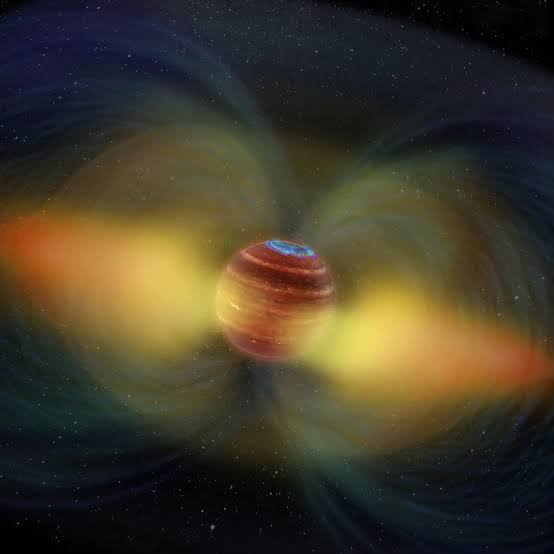A team of astronomers has observed the first radiation belt outside our solar system, using an array of 39 radio dishes. The radiation belt, found around an ultracool dwarf, is similar to Jupiter’s but 10 million times brighter.
The discovery was made by a team led by Melodie Kao of the University of California, Santa Cruz. The team used the Karl G. Jansky Very Large Array (VLA) to observe a Jupiter-sized object called LSR J1835+3259. The object is located about 18 light-years from Earth.
The team found that LSR J1835+3259 is surrounded by a belt of energetic electrons. The electrons are trapped by the object’s magnetic field and emit radio waves as they move. The radio waves were detected by the VLA.
The radiation belt around LSR J1835+3259 is similar to the radiation belts that surround Jupiter. However, the radiation belt around LSR J1835+3259 is 10 million times brighter than Jupiter’s radiation belts.
The discovery of the radiation belt around LSR J1835+3259 is a significant finding. It is the first time that a radiation belt has been observed outside our solar system. The discovery could help astronomers to better understand the formation and evolution of planetary systems.
The discovery could also have implications for the search for life beyond Earth. Radiation belts can be harmful to life, so the presence of a radiation belt around an exoplanet could make it less likely that the exoplanet is habitable.
The team’s findings were published in the journal Nature on May 15, 2023.

